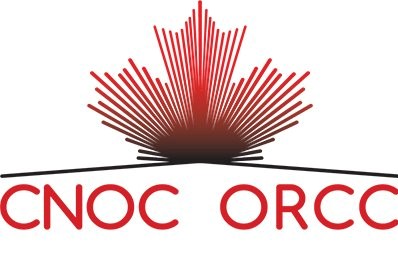
Survey also says Canadians wants new wholesale rates upheld
By Ahmad Hathout
As the Supreme Court weighs whether to hear an incumbent appeal in the wholesale rate case, the Competitive Operators Network Consortium (CNOC) has released a survey that finds 89 per cent of Canadians think the new rates should be implemented.
Last month, the country’s largest telecom companies filed an appeal to the highest court in the land against a decision by the Federal Court of Appeal that dismissed its case against new, lower internet rates small providers pay for network space from the bigger service providers.
The incumbents have fought the issue, which began with the CRTC decision lowering the rate last summer, at all levels of dispute resolution — the CRTC, the federal government, and multiple levels of court. Now it hopes to take it all the way to the top of the court chain. (The CRTC has yet to decide what it will do on its second review of the rates following incumbent appeals there.)
But in a survey released this week, CNOC said the vast majority of Canadians want the new rates set by the CRTC, and that the Supreme Court appeal amounts to the incumbents buying themselves time to maintain the status quo (the new rates, which also included retroactive fees of about $325 million, have not yet been implemented, pending these appeals).
“There are plenty of worthy issues for the Supreme Court to consider,” said Matt Stein, chair of CNOC, and CEO of Distributel. “This is not one of them. This application to appeal is an egregious waste of resources, one that only serves to create delays and further line the pockets of big business and their investors, and Canadians are literally paying the price.”
According to the survey, conducted in partnership with Leger Marketing, CNOC found that nine out of ten Canadians agree, with 67% strongly agreeing, that the large telecoms should comply with the regulator’s summer 2019 decision. Only five per cent “somewhat” or “strongly” disagree. It also found that seven in ten Canadians aren’t surprised that the incumbents are going through the court system challenging the decision.
The Leger online survey, which included 1,517 Canadians aged 18 and over, was completed between July 24 and 26, 2020. The margin of error was plus or minus 2.5%, 19 times out of 20.
“The intent is to inject the voice of the consumer into the issue,” CNOC’s executive director Jeff Brownlee told Cartt.ca. “In the never-ending saga of competitors versus incumbents, we want to ensure that the voice of the Canadian consumer isn’t lost, and more importantly, actually heard. They have a right to weigh in, because ultimately the end result and ongoing delay tactics leading up to some type of a solution (whenever that is) will impact them.”
The survey is encased in a white paper entitled “It’s Time to Fight for Fair Internet.” In it, CNOC outlines the history of the issue, and alleges a link between the number of times the big telecoms lobbied the government and the government’s order finding that the CRTC’s decision, at least in part, would hurt investment in their networks. The government, however, declined to send the decision back to the regulator because it was already relooking at it.
The survey also found 63% of respondents thought there was “no point in changing providers” because “they’re all the same.” Meanwhile, 78% of Canadians surveyed agreed there isn’t enough competition to find lower internet prices. But the survey also found that more Canadians who are subscribed to independent providers are more likely to be happy with their provider than those subscribed to an incumbent.
In a study last summer, the Competition Bureau found that Canadians weren’t sure wholesale-based service providers were on par with their facilities-based counterparts. The bureau also said it found, through confidential interviews, that “ “several facilities-based competitors, in the context of this study, reported that they do not consider wholesale-based competitors to be a significant competitive threat to their business.”
In the whitepaper, CNOC is once again calling for the “structural separation” of the incumbents. That means, it wants the regulator to split them into retail and wholesale segments. The wholesale segments would be run independently, providing wholesale internet access for all, including the incumbents. All would pay the same price.
Historically, incumbents and those in favour of the facilities-based model have argued that such a system would eliminate the need to invest in innovative technologies, while creating a marketplace where competition is determined by a price race to the bottom.



